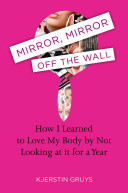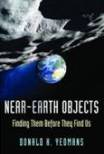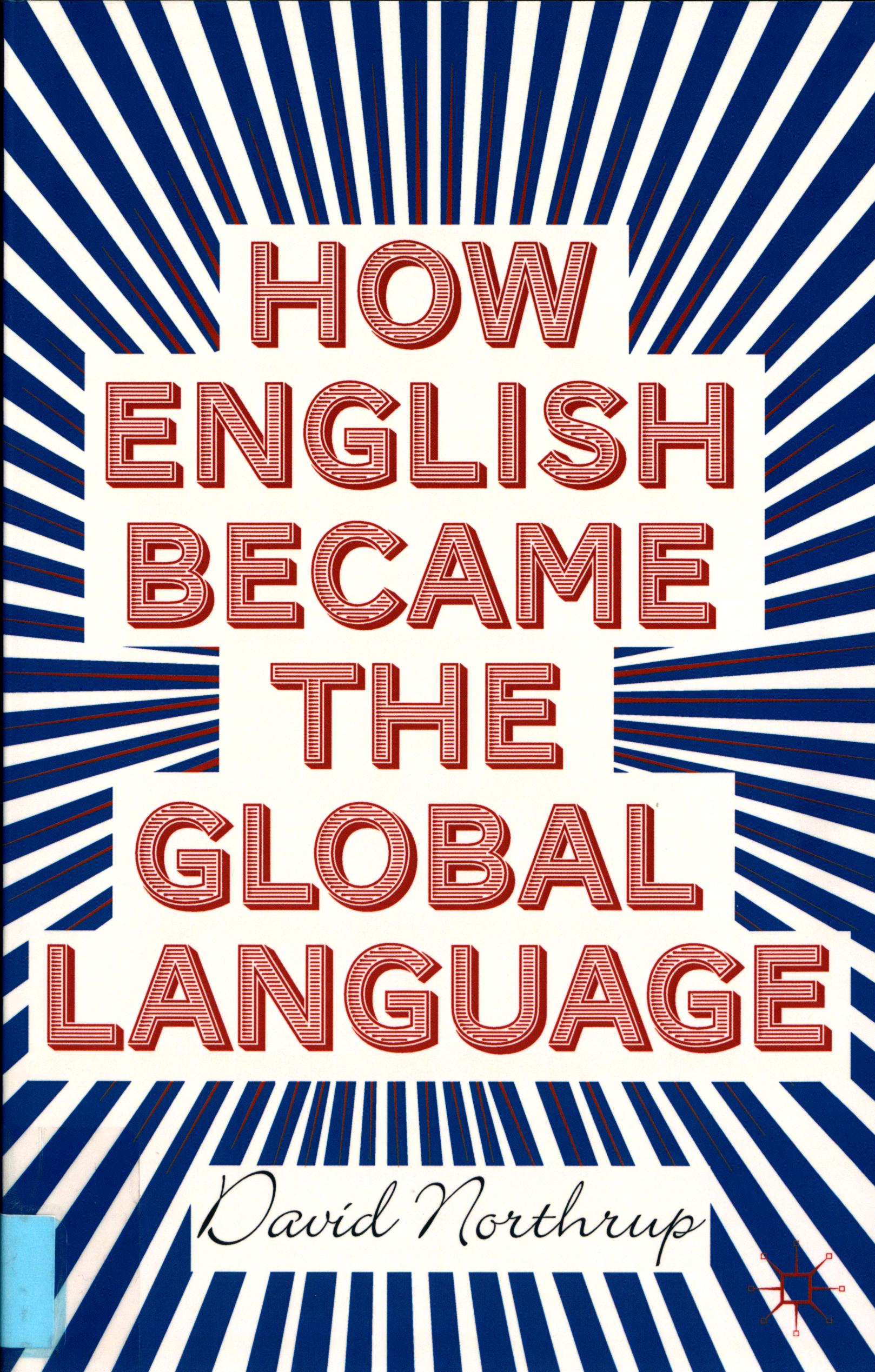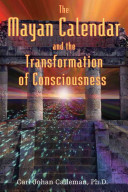The Fall 2013 Global Café series continues on Wed., Oct. 16th, at 5:30pm with a focus on England and Northern Ireland (location: Andersen Library’s big-screen TV area, near the Food for Thought café). In this series, co-sponsored by the Center for Global Education and and International Student Association, international, study abroad, and travel study students talk about their home countries or international experiences.

Check it out! Andersen Library has resources on cross-cultural communication and travel.
 Search HALCat, the online catalog, for books or videos, such as A traveller’s history of England (3rd-floor Main Collection, DA30 .D34 2006), Londoners: The days and nights of London now — as told by those who love it, hate it, live it, left it, and long for it (3rd-floor Main Collection, DA688 .T39 2012), and Ireland: History, culture, people (3rd-floor Main OVERSIZE Collection, DA906 .I73 2001). Google Books says the Ireland book is “the next best thing to a trip to Ireland.” Hmmm. I’d say, take a trip if you can!
Search HALCat, the online catalog, for books or videos, such as A traveller’s history of England (3rd-floor Main Collection, DA30 .D34 2006), Londoners: The days and nights of London now — as told by those who love it, hate it, live it, left it, and long for it (3rd-floor Main Collection, DA688 .T39 2012), and Ireland: History, culture, people (3rd-floor Main OVERSIZE Collection, DA906 .I73 2001). Google Books says the Ireland book is “the next best thing to a trip to Ireland.” Hmmm. I’d say, take a trip if you can!
Or, check out the information on these and other countries in Library resources such as the Global Road Warrior! The Ultimate Guide to the World and Europa World Plus database. There also are authoritative free sources online, such as the State Dept.’s Country Background Notes or Fact Sheets and the CIA’s World Factbook.
Please ask a librarian for assistance with finding materials.
 Andersen Library is a federal and Wisconsin depository library with many federal and state government documents on a variety of current and relevant issues available to you in many formats, including online. Check out your government at Andersen Library!
Andersen Library is a federal and Wisconsin depository library with many federal and state government documents on a variety of current and relevant issues available to you in many formats, including online. Check out your government at Andersen Library!

 Andersen Library has resources, if you’d like to read more. Search
Andersen Library has resources, if you’d like to read more. Search  Examples of items you could find are the book (I love this title!)
Examples of items you could find are the book (I love this title!) 
 Many people are doing less traditional typing on their smart devices, because they’re very busy texting with just their thumbs or taking advantage of new technology that uses predictive vocabulary and touch swiping. So you may not have had much instruction or practice in the QWERTY keyboarding that harkens back to the
Many people are doing less traditional typing on their smart devices, because they’re very busy texting with just their thumbs or taking advantage of new technology that uses predictive vocabulary and touch swiping. So you may not have had much instruction or practice in the QWERTY keyboarding that harkens back to the 

 Examples of items you could find are the book
Examples of items you could find are the book